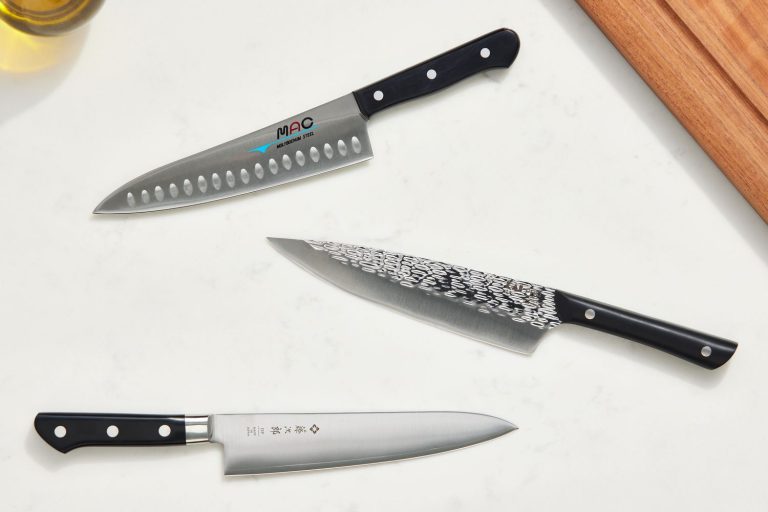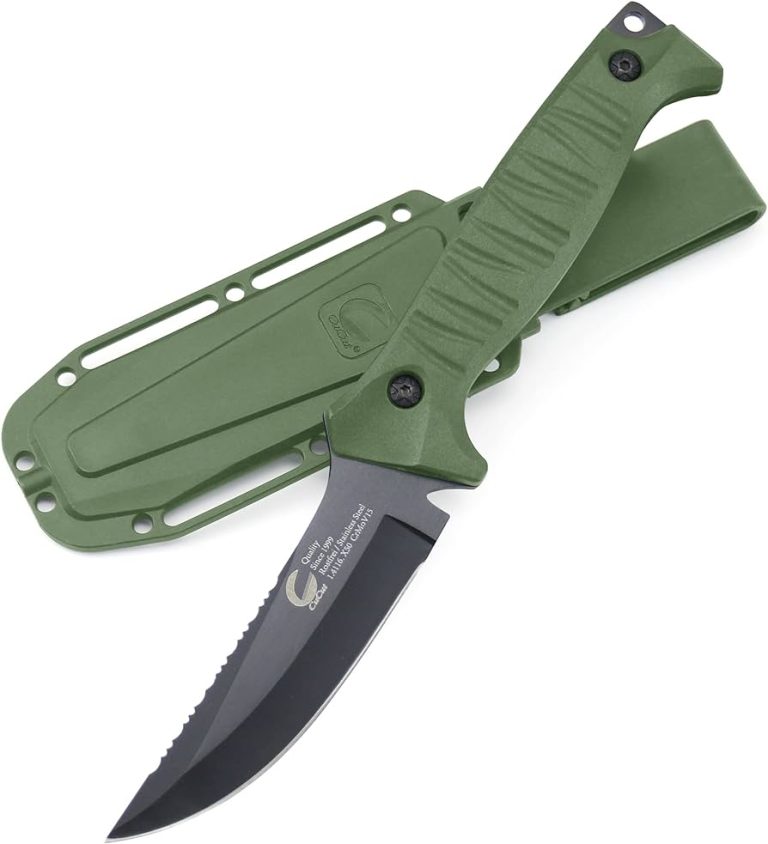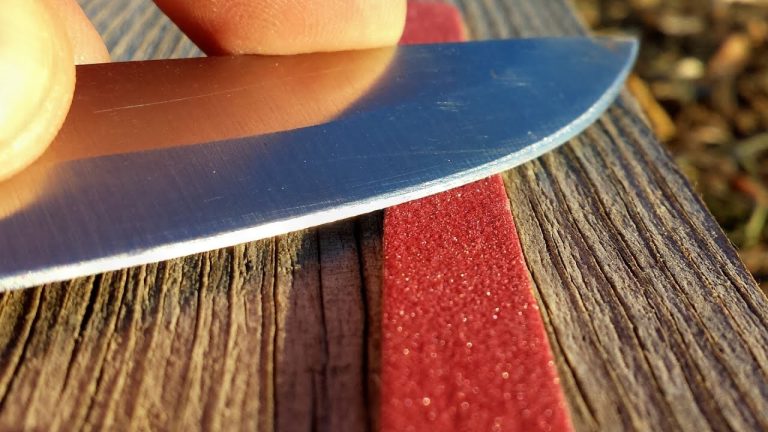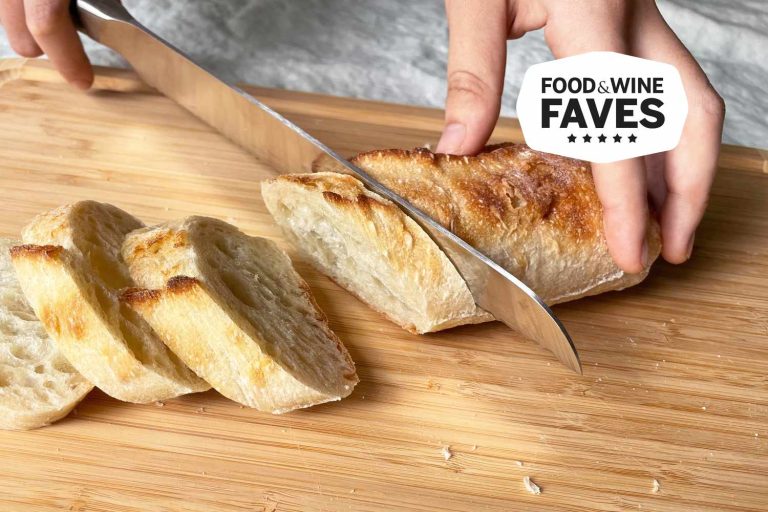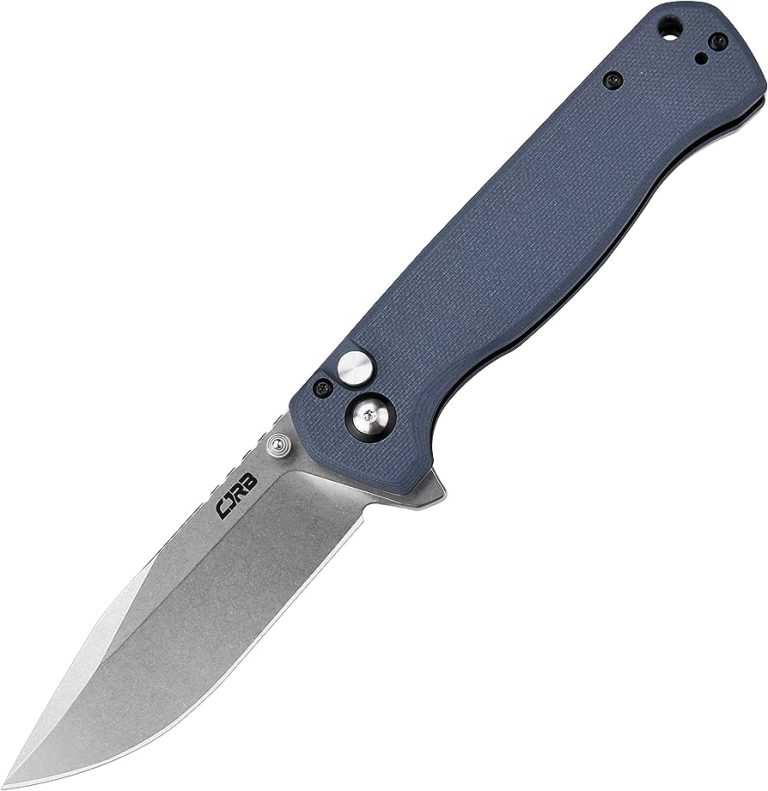Hunting Knife Myths: Debunking Common Misconceptions
Hunting knife myths are debunked, providing accurate information and dispelling common misconceptions. When choosing a hunting knife, it’s crucial to separate fact from fiction.
There are several misconceptions surrounding hunting knives that need debunking. These myths often lead to misguided decisions when selecting a knife. However, armed with accurate information, hunters can make informed choices about the knife that best suits their needs. We will debunk some of the common myths surrounding hunting knives, ensuring that you have the correct knowledge to make an educated decision.
Whether you are a seasoned hunter or a novice in the field, understanding the truth behind these myths will help you choose the perfect hunting knife for your next outdoor adventure.
Myth 1: Hunting Knives Must Have A Serrated Edge
Hunting Knife Myths: Debunking Common MisconceptionsSerrated vs straight edge: what’s the difference?There is a common misconception that hunting knives must have a serrated edge to be effective, but this is simply not true. While serrated edges do have their benefits in certain situations, straight edge hunting knives possess several advantages that make them a preferred choice for many experienced hunters. One major advantage of a straight edge hunting knife is its versatility. Unlike serrated knives, they can perform a wider range of tasks such as precision cuts, skinning, and slicing through various materials easily. Additionally, these knives offer better control and ease of sharpening. With a straight edge, hunters can achieve a more precise and clean cut, reducing the risk of damaging the meat or hide. Furthermore, straight edge hunting knives are less likely to snag or tear while dressing game, especially when compared to serrated knives. The smooth, uninterrupted cutting edge allows hunters to make smooth, fluid motions, resulting in faster and more efficient field dressing. In conclusion, contrary to popular belief, serrated edges are not a requirement for hunting knives. The advantages of a straight edge hunting knife, including versatility, control, ease of sharpening, and reduced snagging, make them a reliable tool for hunters looking for precision and efficiency in the field. |
Myth 2: The Bigger The Knife, The Better
When it comes to hunting knives, there is a common misconception that the bigger the knife, the better. However, the importance of knife size in hunting is often misunderstood. Choosing the right size for the job is crucial for a successful hunting experience.
A larger knife may seem more powerful, but it can actually be cumbersome and impractical in certain situations. On the other hand, a smaller knife may not be sufficient for tasks like dressing game or cutting branches.
It is important to consider the specific tasks you will be undertaking during your hunting trip. A medium-sized knife with a blade length of around 4 to 6 inches is usually recommended as it offers a balance between versatility and functionality. This size is ideal for skinning, gutting, and general camp chores.
Remember, the size of the knife is just one factor to consider. It is equally important to choose a knife with a sturdy construction, sharp edge, and comfortable grip. Prioritize functionality and suitability over sheer size when selecting a hunting knife.
Myth 3: A Hunting Knife Must Be Expensive To Be Effective
Many people believe that a hunting knife must be expensive in order to be effective, but this is a common misconception. When exploring the price range of hunting knives, it becomes clear that there are affordable options available that offer great value. These knives may not have all the fancy features of high-end models, but they can still perform their intended tasks effectively.
It’s important to evaluate the specific needs and purposes for which you will be using a hunting knife. If you’re an occasional hunter or just need a reliable tool for outdoor activities, an affordable hunting knife can more than meet your requirements. These knives are often made from quality materials, such as stainless steel, and are designed to be durable and reliable.
By opting for a more affordable hunting knife, you can save money without compromising on quality. Don’t let the misconception that a hunting knife must be expensive deter you from considering the wide range of affordable options available.

Credit: www.amazon.com
Conclusion
It is crucial to separate fact from fiction when it comes to hunting knife myths. By debunking common misconceptions, we can equip ourselves with the knowledge needed to make informed decisions about our hunting gear. Remember, the size of a hunting knife is not the sole determinant of its effectiveness; it is the design and quality that truly matter.
Likewise, stainless steel blades can indeed provide durability and corrosion resistance, but they are not impervious to damage. Moreover, the idea that a serrated edge is always better for hunting is a misconception; a plain edge can be just as effective in many scenarios.
Lastly, understanding proper knife maintenance and sharpening techniques is key to prolonging the lifespan of your hunting knife. By dispelling these myths, we can enhance our hunting experience and ensure we have the right tools for the job.

